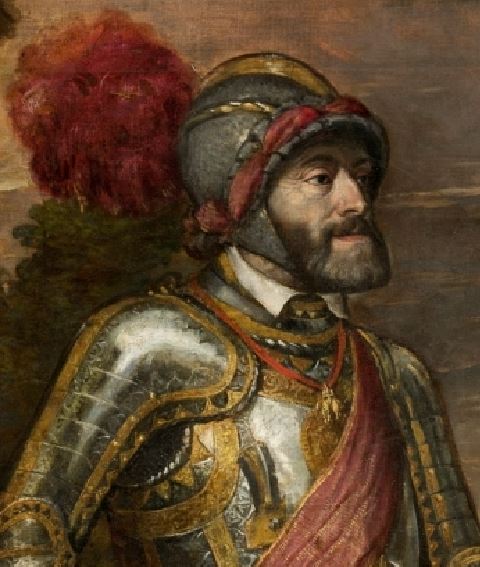"Caloys" instead of "Pinoys"

Equestrian portrait of Charles V or Carlos I of Spain (detail) by Titian. It is somewhat ironic that one crucial figure in our history, the man who coined the term "Las Islas Filipinas," remains obscure in our narratives. Besides commanding the ill-fated expedition named after him, we know not much about Ruy Lopez de Villalobos. When Villalobos landed on the Samar - Leyte area in 1543, he named these groups of islands, "Las Islas Filipinas" in honor of the then Habsburg Prince Philip (the future Philip II of Spain). Little did he knew that the said term will be used to define and classify the archipelago, which is now known as the Philippines. Now, why did it happen? The answers could be pointed towards map makers and printers in the age of exploration, who upon reading official chronicles jotted down and printed the names of islands and places etc. which could either be easily pronounced and remembered. Villalobos' island naming did not end there, up...
